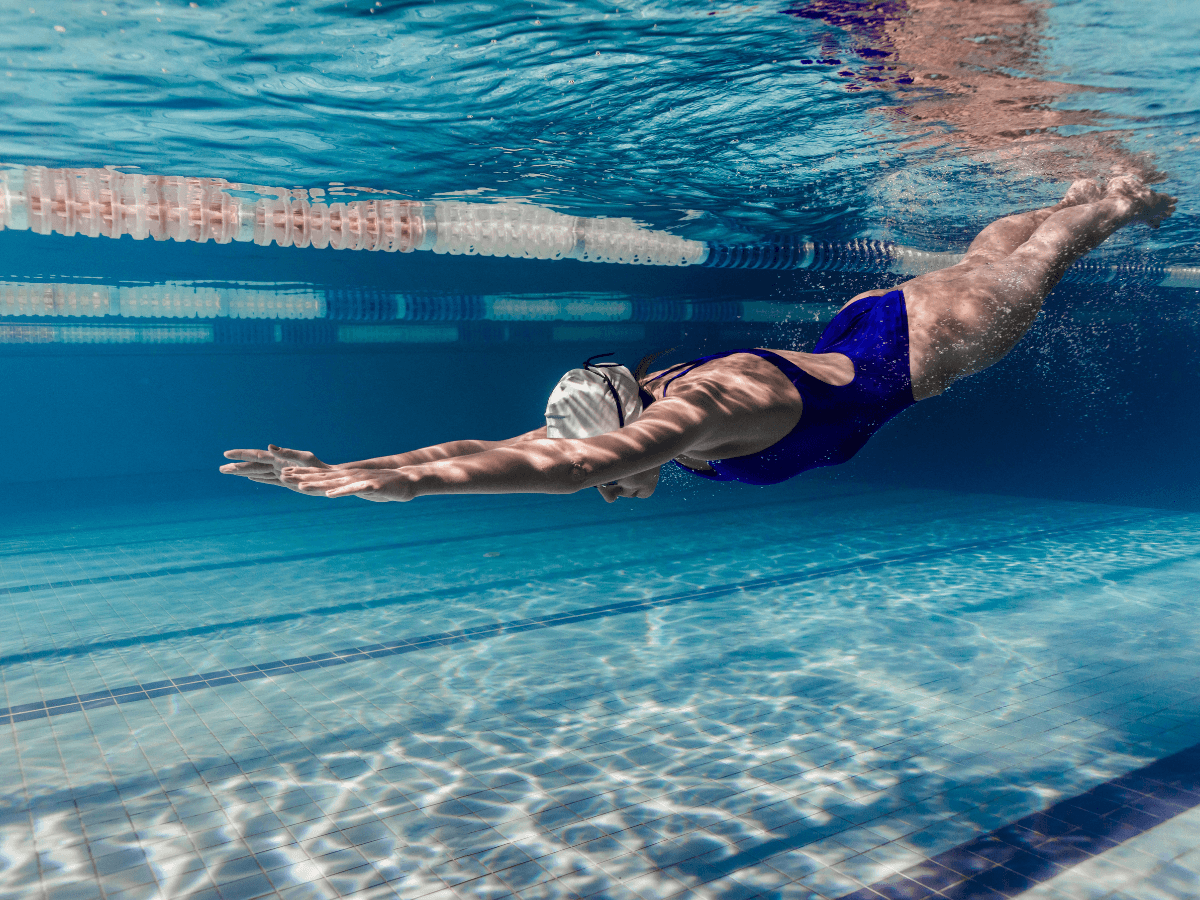Swimming is more than just a recreational activity; it’s a comprehensive exercise that offers profound benefits for both the body and mind. As a physiotherapist and former semi-professional swimmer, I’ve witnessed firsthand how swimming can serve as a powerful tool in promoting overall wellness. This article delves into the multifaceted advantages of swimming, supported by scientific research and clinical insights.
The Science of Swimming and Physical Health
Water has always been synonymous with healing. For centuries, hydrotherapy has been a recognized form of treatment, and swimming is its most accessible and dynamic form. The physical benefits of swimming are vast, starting with its ability to reduce joint strain. Unlike weight-bearing exercises on land, swimming allows the body to move in a nearly weightless environment. This is crucial for individuals with musculoskeletal conditions such as arthritis, where excessive joint pressure can worsen symptoms.
But the benefits of swimming extend beyond joint relief. Regular swimming has been shown to enhance cardiovascular and respiratory health. The resistance of water provides a natural challenge for the heart and lungs, improving overall cardiovascular function. Research has confirmed that swimming can increase lung capacity and promote better circulation, making it a highly effective form of aerobic exercise.
Furthermore, swimming is an excellent tool for improving balance and coordination. The water’s buoyancy allows for low-impact exercises that challenge the body’s proprioceptive system. In elderly populations, this can be a game-changer, reducing the risk of falls and enhancing overall stability.

Swimming’s Role in Pain Management
Pain is a complex phenomenon, and managing it requires a multifaceted approach. Swimming provides a unique solution, offering both physical and neurological benefits that can significantly alleviate pain. For those suffering from chronic pain conditions such as osteoarthritis, fibromyalgia, and chronic low back pain, swimming offers a supportive, low-impact environment that reduces mechanical stress on the body.
Water immersion triggers hydrostatic pressure, which has been shown to improve circulation and reduce inflammation in affected areas. The temperature of the water can be adjusted to provide additional relief—warm water relaxes muscles and promotes blood flow, while cooler water can reduce acute inflammation. Studies have consistently shown that aquatic therapy can decrease pain severity, increase range of motion, and improve functional abilities.
Swimming also stimulates the release of endorphins, the body’s natural painkillers. This neurochemical response is particularly beneficial for those suffering from chronic pain conditions, where the psychological burden of constant discomfort can be as severe as the physical symptoms themselves. Regular swimming can help break the cycle of pain and anxiety, providing a sense of empowerment and relief.
The Psychological Impact of Swimming
While the physical benefits of swimming are widely acknowledged, its impact on mental health is equally profound. Swimming is known to reduce symptoms of anxiety and depression. The rhythmic, repetitive nature of swimming can induce a meditative state, promoting mental relaxation. Immersion in water has also been shown to lower stress hormone levels, offering a natural way to calm the mind.
Additionally, the social aspect of swimming should not be underestimated. Whether in a community pool, a local swim club, or open water, swimming can be a shared experience that fosters social connections and combats feelings of isolation. For individuals struggling with mental health, the sense of belonging and accomplishment gained through swimming can be a powerful psychological boost.
A Holistic Approach to Health
Swimming is more than just a sport—it is a gateway to holistic well-being. From improving cardiovascular health and muscle strength to providing a sanctuary for mental relaxation, swimming is a versatile therapeutic tool that can be tailored to individuals of all ages and abilities. As a physiotherapist, I advocate for the integration of swimming into health routines, not only for those seeking rehabilitation but for anyone pursuing a balanced, healthy lifestyle.
References:
- Barker AL, Talevski J, Morello RT, et al. Effectiveness of aquatic exercise for musculoskeletal conditions: a meta-analysis. Arch Phys Med Rehabil. 2014;95(9):1776-86. doi:10.1016/j.apmr.2014.04.005.
- Wang XQ, Zheng JJ, Yu ZW, et al. A meta-analysis of core stability exercise versus general exercise for chronic low back pain. PLOS ONE. 2012;7(12):e52082. doi:10.1371/journal.pone.0052082.
- Guszkowska M. Effects of exercise on anxiety, depression and mood. Psychiatr Pol. 2004;38(4):611-620.
- Voss MW, Nagamatsu LS, Liu-Ambrose T, Kramer AF. Exercise, brain, and cognition across the life span. J Appl Physiol. 2011;111(5):1505-1513. doi:10.1152/japplphysiol.00210.2011.

